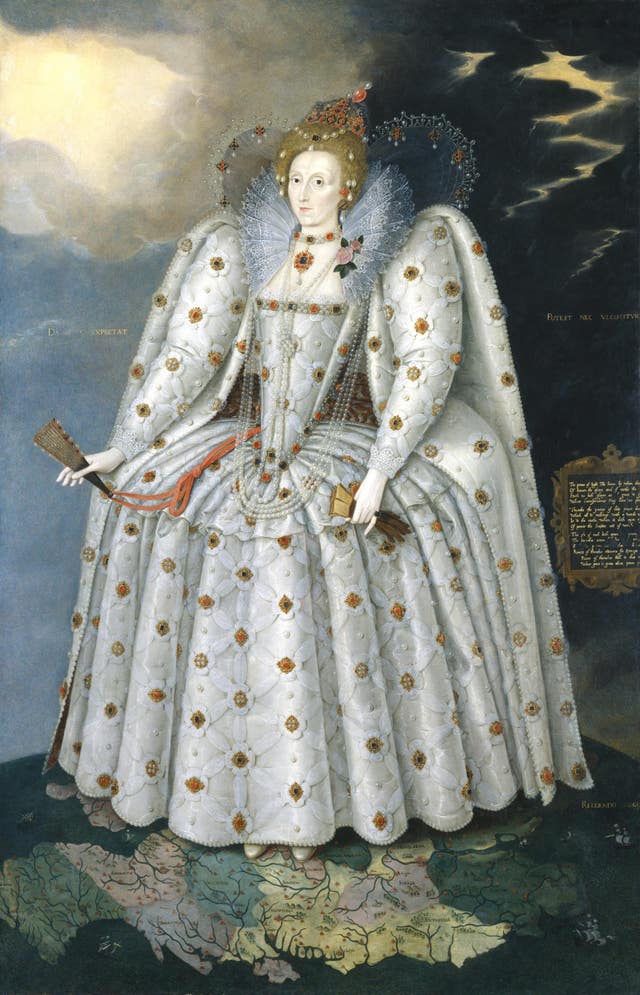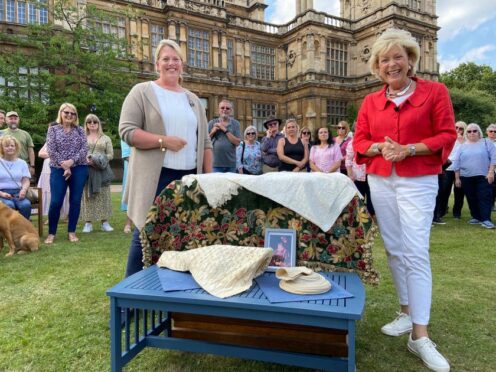Antiques Roadshow’s Hilary Kay was bowled over when a never-before-seen collection of Elizabethan textiles dating back 500 years appeared on her table during filming at Wollaton Hall in Nottingham.
The discovery, which included a bedspread and two pillowcases sewn by Elizabeth I and her ladies in waiting, was led by an “extremely rare” ivory silk satin sleeve and sleeve support.
The items belonged to the Wollaton family, who built Wollaton Hall in 1588, and until their discovery, no examples of sleeve supports were known to exist.

The sleeve support, known as a farthingale sleeve, has remained in an almost perfect condition along with the satin sleeve it originally supported, the BBC show said.
Author and lecturer Kay added: “Exceptional.
“It is such an exciting moment to be faced with something from the 16th century which is in such incredible condition.”
Meanwhile textile historian Ninya Mikhaila, also known as The Tudor Tailor, said: “The first time I saw the farthingale sleeve I couldn’t believe what I was seeing and was literally speechless.
“I knew of these garments from documentary descriptions of them, such as the ones made for Queen Elizabeth I that are recorded in her Royal Wardrobe accounts, but I never thought for a minute that there would be an extant example.
“The sleeve is not only an extremely rare survival of an item of English dress from the 16th century, it also offers us the opportunity to see an example of once common materials such as fustian, and what must have been one of the earliest uses of baleen for stiffening outside of the Royal Wardrobe.”

A replica of the sleeve was made for academics to study as it is too rare to be modelled and was placed into secure storage.
The farthingale sleeve is made from a thick cotton material called fustian, stitched with 14 casings of linen each containing a hoop of baleen, also known as whalebone.
It was used to support the very large gown sleeves, worn by Queen Elizabeth I in The Ditchley Portrait at the National Gallery.
